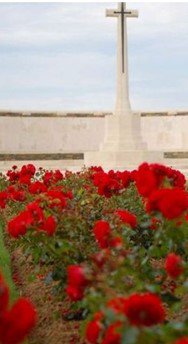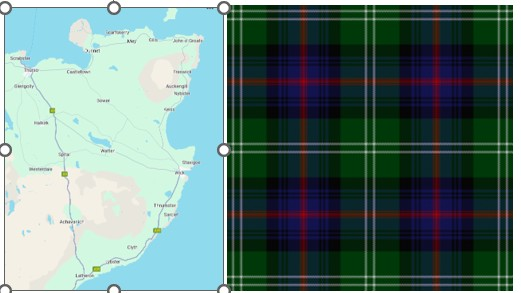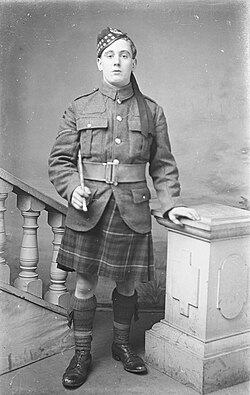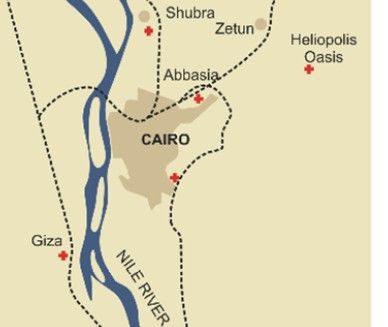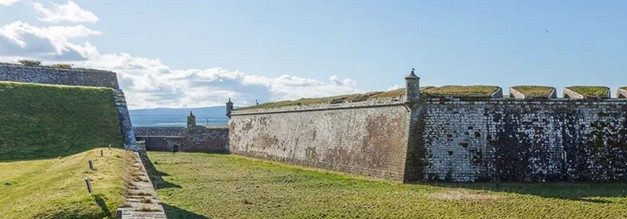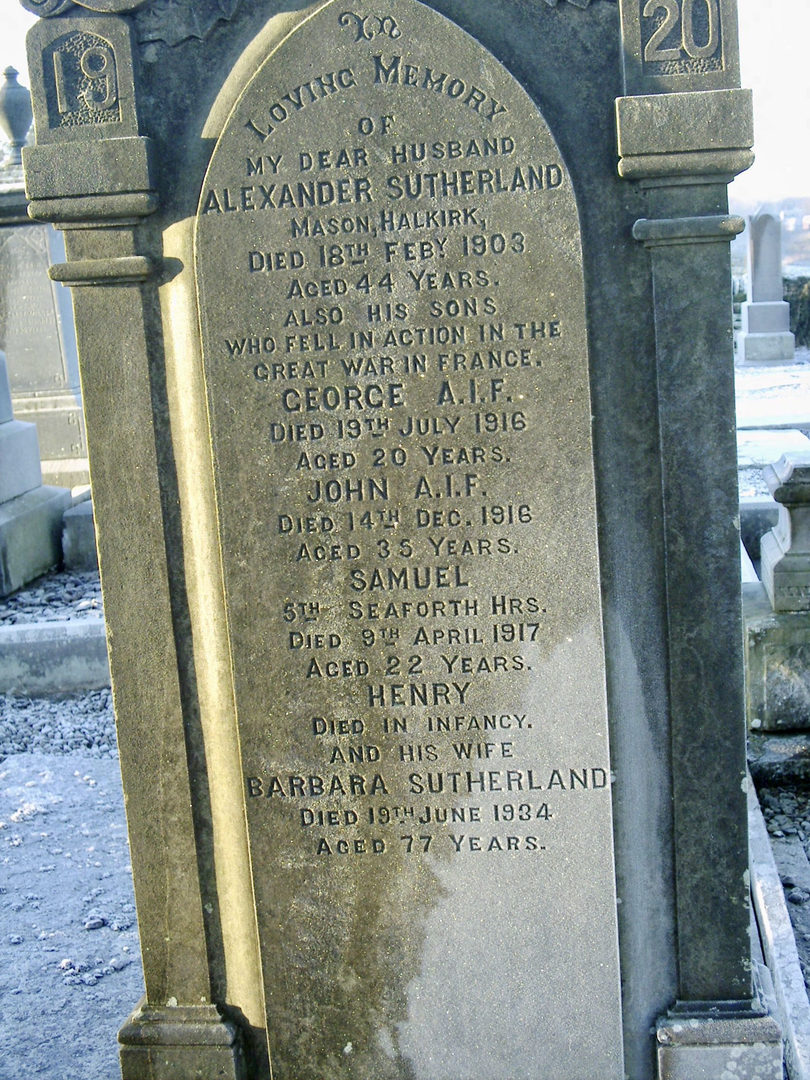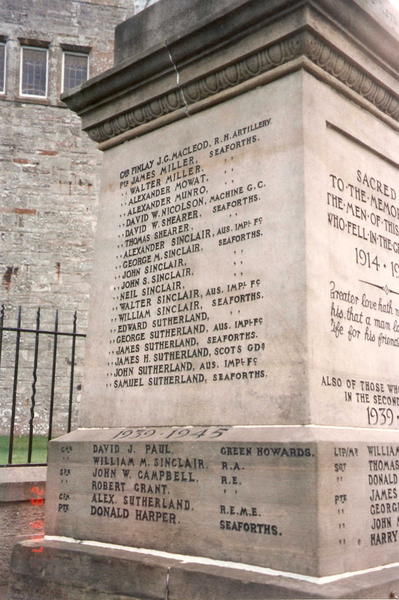George Olson SUTHERLAND
Eyes blue, Hair fair, Complexion fresh
George Sutherland – One of three son’s lost.
“There was a soldier, a Scottish soldier, Who wandered far away”
Song by Andy stewart, The Green Hills of Tyrol (A Scottish Soldier)
Can you help find George?
George Sutherland was killed in action at Fromelles on 19th July 1916. Like over 1,000 other Australians lost in that single night, his body was never recovered, and he has no known grave.
In 2008, a mass grave was discovered at Pheasant Wood, containing the remains of 250 Australian and British soldiers recovered by the Germans after the battle. Since then, DNA has been used to identify many of the fallen.
To help identify George’s remains—if they lie among the unknown soldiers recovered from the battlefield—DNA from living relatives is still being sought.
If you are a descendant or relative of the Sutherland family from Halkirk, Caithness, Scotland, particularly through the lines of his siblings, you may be able to assist.
Please contact the Fromelles Association of Australia or visit https://fromelles.info to find out how you can help
Early Life
George Olson Sutherland was born on 20 December 1895 in the village of Halkirk, in Caithness, Scotland. He was the youngest son of Alexander Sutherland (1857–1903), a stonemason, and his wife Barbara Sutherland (1857–1934). Barbara’s mother was an Olson and all had backround from Latheron in Caithness, far north Highland Scotland . Clan Sutherland’s traditional territory is the shire of Sutherland. The family lived on Bridge Street, Halkirk, and George attended the local Halkirk Public School. By the 1901 census, the household included both parents, seven children, and a relative, Anne Gunn, likely an aunt.

George was one of nine children:
- John Donald George Sutherland (1880–1916) AIF KIA Somme
- Margaret Ann Sutherland (born 1882)
- Alexander William Sutherland (born 1884) Scotland Territorial Force
- Robert James Sutherland (born 1885)
- Henry Bayley Sutherland (1887–1889) died inancy
- Henry Bayley Sutherland (1889–1963) Aif 2nd Light Horse. returned
- Barbara Ellen (Helen) Sutherland (born 1891)
- Samuel Campbell Olson Sutherland (1893–1917) Seaforth Highlanders KIA
- George Olson Sutherland (1895–1916) AIF Fromelles KIA
George was eight when his father died in 1903. Mother Barbara continued to raise the family alone, supported by her own means and the work of the older children. In the years leading up to the First World War, several of George’s brothers also left Scotland seeking opportunities abroad. John spent time in Canada before returning to Scotland and eventually emigrating to Australia around 1914–15.
Henry had also moved to Queensland, where he was working as a stockman in Toowoomba. George followed a similar path, emigrating in his late teens and settling near the Tweed River in northern New South Wales, where he worked as a farmer in the Condong and Terranora districts. He later moved north to Queensland, where he enlisted in the AIF in 1915. His attestation papers show that George had previous military experience with the 5th Battalion, Seaforth Highlanders (Territorial Force) back in Caithness, indicating an early preparedness for military service.
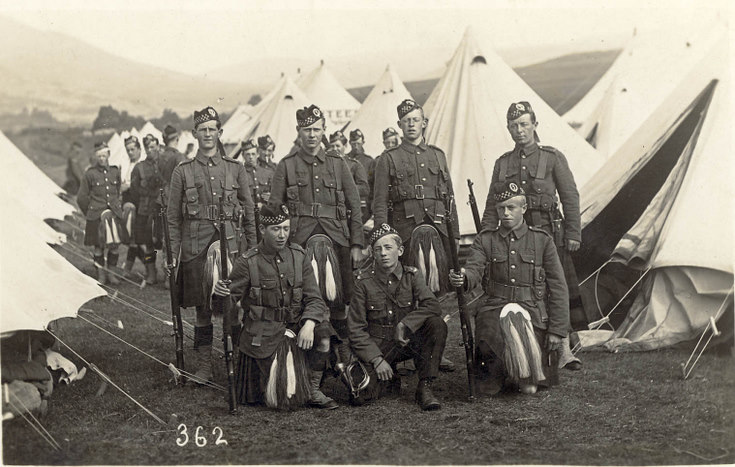
The Sutherland Brothers at War
Five Sutherland brothers served in the First World War—Alexander, George, John, Samuel, and Harry. Only Harry would return home. The First World War deeply affected the Sutherland family of Halkirk, Caithness, Scotland. Of Barbara Sutherland’s nine children, four sons enlisted and served in the war. Their military service stretched across continents—from Australia to the Western Front—and reflected a remarkable, though tragic, contribution from a single family.
AIF 4772 John Donald George Sutherland (1880–1916), the eldest son, had trained as a tailor. He served in the Caithness Sutherland Highlanders, Volunteers. and lived for a time in Canada before emigrating to Australia. He enlisted in the AIF on 10 January 1916 at the age of 34, joining the 25th Battalion. He embarked aboard the RMS Mooltan in April 1916 and served on the Western Front. John was killed in action on 14 November 1916 during operations in the Somme. He has no known grave and is commemorated on the Australian National Memorial at Villers-Bretonneux.
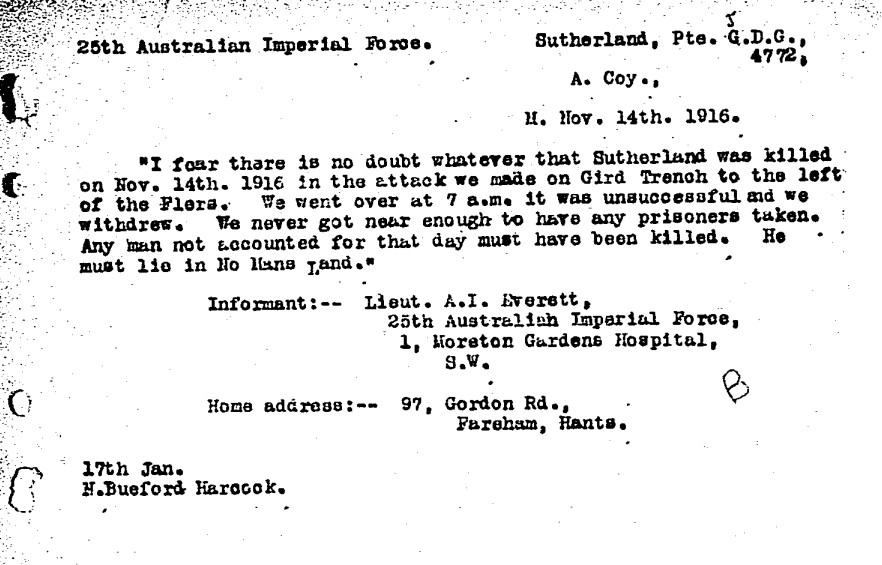
Samuel Campbell Olson Sutherland (1893–1917), George’s next-oldest brother, served in the Seaforth Highlanders, Regular Army, of the British Army. On 11 April 1917, during the First Battle of the Scarpe near Arras, Samuel’s battalion took part in a major offensive action against fortified German positions. The assault was costly, the battalion suffered 12 officer and 363 other rank casualties out of a total of 432 men engaged—an overwhelming loss that, in the words of their war diary:
speak[s] for the gallantry of all ranks."
After the initial assault, two officer-led patrols attempted to reach the German line under cover of darkness to locate and retrieve the wounded. Despite intense enemy fire, they managed to establish a screen that enabled a large number of wounded soldiers to be brought back. Four defensive posts, including two Lewis gun positions, were established 150 yards apart, linking with the Somerset Light Infantry on the left flank.
Samuel was reported missing during this operation and was later confirmed to have been killed in action. His body was never recovered. He is commemorated alongside his brothers George and John on the family memorial in the churchyard at Halkirk, Caithness.
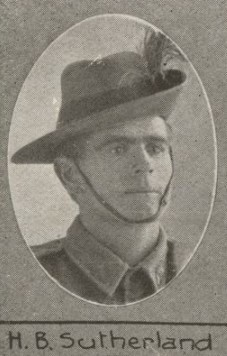
714 Henry Bayley (Bailey) Sutherland (1889–1963), known as Harry, was the only one of the brothers to return home form overseas. Harry had emigrated to Australia and was working as a stockman around Toowoomba, Queensland, when he enlisted on 11 December 1914 in the 2nd Light Horse Regiment raised at Enoggera. He embarked aboard HMAT A53 Itria in February 1915 and served in the Middle East. The 2nd Light Horse Regiment comprised twenty-five officers and 497 other ranks serving in three squadrons, each of six troops.
The 14th Australian General Hospital at Abbassia on the outskirts of Cairo saw a great deal more of Harry, as he had every kind of tropical infection and was in and out of hospital on many occasions. In addition to war casualties the hospital also treated men with a range of illnesses and diseases including malaria, dysentery and pneumonia during the campaigns in the Sinai and Palestine. They also had an annexe on the Canal at Port Said. In spite of his many admissions to hospital he managed to be promoted to corporal and driver.
Source: https//www.birtwistlewiki.com.au/wiki/14th_Australian_General_Hospital
The regiment initially guarded the Suez canal, before going on to Gallipoli, battles in Gaza and Beersheerba but it seems that Harry stayed in Egypt until November 1917 when he was discharged from the Army, due to medical reason, malaria and an accumulation of other war related illnesses.
Harry returned to Australia in January 1918 and lived until 1963. He is buried at Nudgee Cemetery.
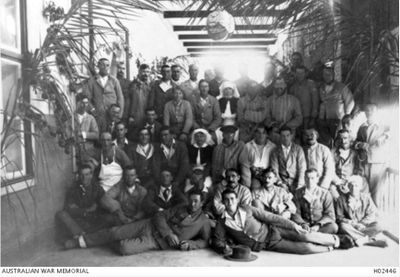
George Olson Sutherland (1895–1916), the youngest of the four serving brothers, enlisted in Brisbane in September 1915. He served with B Company, 31st Battalion, AIF, and was killed in action at the Battle of Fromelles on 19 July 1916.
Second eldest brother, Alexander William Sutherland (born 1884), is reported to have returned from West Africa during the war and trained with the Territorial Force at Fort George, Inverness in Scotland.
The burden on their mother, Barbara Sutherland, was immense. As noted in the John O’Groat Journal of 26 January 1917:
Mrs Alexander Sutherland, Bridge Street, Halkirk… has given all her sons to the service of their country… George, her youngest son, one of the Australians, was killed in action in France in July last… and Alexander… is now training at Fort George.
By the end of the war, three of her sons—George, John, and Samuel—had been killed. Only Harry returned home.
Off to War
George enlisted in Brisbane, Queensland, on 4 September 1915, listing his occupation as farmer and his mother, Barbara Sutherland of Halkirk, Scotland, as his next of kin. At just 19 years old, George was part of a surge of recruits from northern New South Wales and Queensland who joined the newly formed 31st Battalion, which was raised in August 1915 and divided between Brisbane and Melbourne.
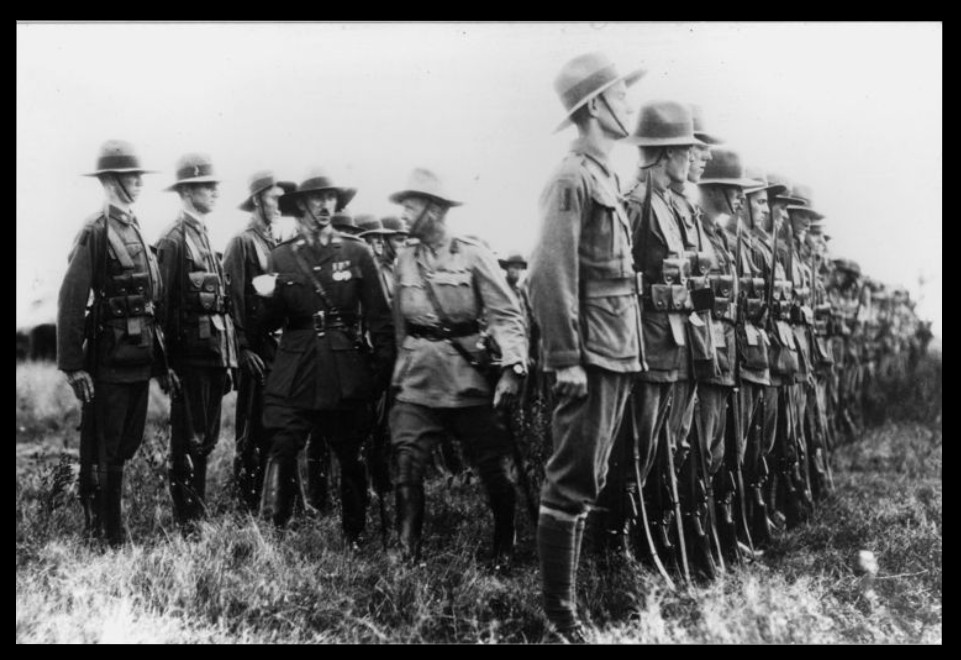
Assigned to B Company, George embarked from Melbourne aboard HMAT A62 Wandilla on 9 November 1915. He disembarked at Suez on 7 December 1915, joining his unit in Egypt as part of Australia’s military reorganisation following the Gallipoli campaign. The 31st Battalion became part of the 8th Brigade in the 5th Australian Division, and their early duties involved training and defensive operations around Tel el Kebir and Ferry Post, near the Suez Canal.
On 16 June 1916, George and his comrades embarked from Alexandria to join the British Expeditionary Force on the Western Front. They arrived at Marseilles on 23 June and travelled north by train and foot to the trenches of northern France. Just weeks after their arrival, the 31st Battalion would be thrown into battle at Fromelles—a disastrous introduction to warfare on the Western Front.
The Battle of Fromelles
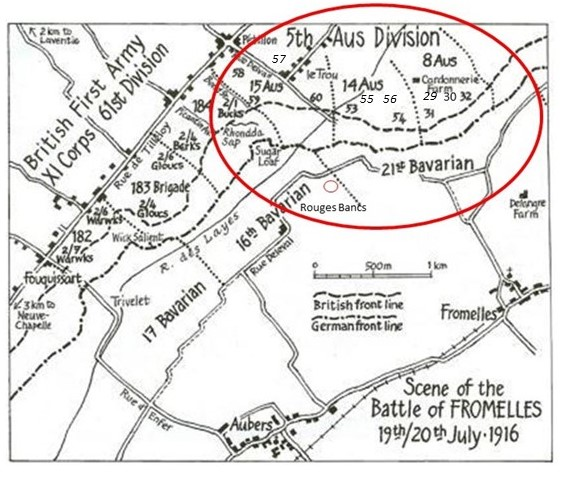
The Battle of Fromelles, fought on 19–20 July 1916, was the first major engagement for Australian forces on the Western Front—and remains one of the most devastating. For the men of the 31st Battalion, including Private George Sutherland of B Company, the battle was their baptism of fire.
Only weeks after disembarking at Marseilles, the 31st Battalion began moving into the Fleurbaix sector near Fromelles, France. By mid-July, they were stationed in the trenches preparing for a frontal assault on the strongly fortified German lines. The original plan had been to attack on 17 July, but poor weather delayed the operation.
By 4.00 PM on 19 July 1916, all units were in position for the assault. The 31st Battalion, part of the 8th Brigade of the 5th Australian Division, was to attack on the left flank. The Australian infantry were arranged in four waves, George’s B Company was among the second wave to go over the top at 5.58 PM, just five minutes after the first wave began crossing No-Man’s-Land.
The men advanced through waist-high grass and a landscape already churned by artillery fire. Initially, the pre-battle bombardment had some success in damaging the German front lines, and parts of the 31st Battalion reached the first trench system with relatively few losses. But as the night wore on, conditions deteriorated rapidly.
Once the Australians attempted to press further to the second and third German trench systems—really nothing more than flooded ditches—their situation worsened. The Germans, long aware of the impending assault, had reinforced their positions and unleashed withering machine gun and artillery fire.
By 8.30 PM, the left flank—where the 31st was positioned—was under heavy bombardment. Attempts to consolidate positions or dig in were hampered by mud, confusion, and lack of supplies. George’s B Company, positioned near the centre of the attack, likely became caught in the desperate fighting to hold captured positions while also fending off German counterattacks and flanking fire.
Throughout the night, the German defenders launched aggressive counterattacks. By early morning, the 31st Battalion had been effectively surrounded, cut off from the rear, and subjected to devastating fire from both German lines and inadvertently from Allied artillery. At 5.30 AM on 20 July, a final German attack swept across No-Man’s-Land, overwhelming what remained of the Australian positions. Those who could retreated under heavy fire—many were killed in the open. A report from the 31st Battalion War Diary described the scene:
“The enemy swarmed in and the retirement across No Mans’ Land resembled shambles, the enemy artillery and machine guns doing deadly damage.”
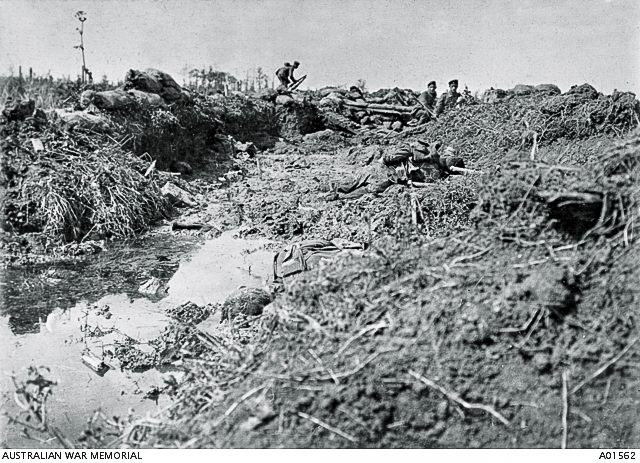
The 31st Battalion suffered catastrophic losses, 718 casualties out of 800 men, one of the highest casualty rates of any battalion at Fromelles. B Company, where George served, was decimated.
George was killed during the battle, sometime on 19 July 1916. He was 19 years old. His body was never recovered, and like hundreds of his comrades, he has no known grave.
After the Battle
George was initially listed as missing in action following the Battle of Fromelles on 19 July 1916. His mother Barbara, still in Halkirk, Scotland, received official confirmation months later that her youngest son had been killed in action. His body was never recovered.
In 1917, George’s name appeared alongside his brothers John and Samuel on a family memorial stone in the churchyard at Halkirk, Caithness. His mother would go on to outlive three of her sons who died in the war.
The John O’Groat Journal recognised the family's tragic sacrifice. In a report dated 26 January 1917, the paper wrote:
Every Son for the Country. — Mrs Alexander Sutherland, Bridge Street, Halkirk, whose eldest son, John, one of the Australians, was killed in action in France on 14th December [sic], has given all her sons to the service of their country. After learning the trade of a tailor, Pte. John D.G. Sutherland emigrated to Canada, where he remained for some years. He then returned home for a year. Subsequently he went to Australia, where he enlisted about Christmas 1915. Another son, Harry, is at present serving with the Australians at Cairo, and Samuel is with the Seaforths in France; while George, her youngest son, one of the Australians, was killed in action in France in July last. And Alexander, after passing six years in West Africa, returned home and is now training at Fort George for the Territorial Force.
Another report on 18 May 1917 reflected the growing toll on the family after Samuel was declared missing:
Pte. Samuel Sutherland
Mrs Sutherland, Bridge Street, Halkirk, has received intimation officially that her son, Pte. Samuel Sutherland, Seaforths, has been missing since an engagement on 11th April. He was one of five brothers serving in the Army, two of whom already made the supreme sacrifice. Before enlisting he was in the employment of the Co-operative Society. We greatly sympathise with the widowed mother of this patriotic family in the terrible anxiety through which she must pass until definite information is obtained regarding her son.
George is remembered at multiple places of commemoration:
- V.C. Corner Australian Cemetery and Memorial, Fromelles, France (Panel 4A)
- Australian War Memorial Roll of Honour, Panel 118
- Halkirk War Memorial, Scotland
- Family memorial headstone, Halkirk Churchyard
After the war, Harry settled in Brisbane. On 29 May 1918, he married Bridget O’Brien, and together they raised a large family. They had nine children between 1919 and 1938: Bridget Teresa, Nellie Silvean, Ledger Olsen, Harris Bailey (who died in infancy), Cyril Harris, Veronica Teresa, Barbara, Eric Robert, and George Hugh Samuel Sutherland.
Despite the loss of three of his brothers—George, John, and Samuel—Harry built a life rooted in resilience and family. He worked, raised children, and grew old in the country he had helped defend. He lived out the rest of his life in Queensland and died in Brisbane on 30 April 1963 at the age of 73. He was buried at Nudgee Cemetery.
Harry’s long life and the family he left behind stand in quiet contrast to the lives cut short by war. In him, the legacy of the Sutherland family endured.
Finding George
George was killed in action at Fromelles on 19 July 1916. Like over 1,000 other Australians lost in that single night, his body was never recovered and he has no known grave. His name is commemorated on the V.C. Corner Australian Cemetery Memorial.
To help identify George’s remains—if they lie among the unknown soldiers recovered from the battlefield—DNA from living relatives is still being sought.
If you are a descendant or relative of the Sutherland family from Halkirk, Caithness, Scotland, particularly through the lines of his siblings, you may be able to assist.
Please contact the Fromelles Association of Australia or visit https://fromelles.info to find out how you can help.
DNA samples are being sought for family connections to
| Soldier | George Olson Sutherland (1895–1916) |
| Parents | Alexander Sutherland (1857–1903) and Barbara Sutherland (1857–1934) |
| Siblings | John Donald George Sutherland (1880–1916) – AIF, KIA Somme | ||
| Margaret Ann Sutherland (1882–) | |||
| Alexander William Sutherland (1884–) – Scotland, Territorial Force | |||
| Robert James Sutherland (1885–) | |||
| Henry Bayley Sutherland (1887–1889) – Died in infancy | |||
| Henry Bayley Sutherland (1889–1963) – AIF, 2nd Light Horse, returned | |||
| Barbara Ellen (Helen) Sutherland (1891–) | |||
| Samuel Campbell Olson Sutherland (1893–1917) – Seaforth Highlanders, KIA |
| Grandparents | |||
| Paternal | John Sutherland (1835–) and Donaldina Gunn (1835–) | ||
| Maternal | John Sutherland (1817–1902) and Anne Olson (1823–1886) |
Links to Official Records
Seeking DNA Donors

Contacts
(Contact: carla@fromelles.info or geoffrey@fromelles.info).
(Contact: army.uwc@defence.gov.au or phone 1800 019 090).
Donations
If you are able, please contribute to the upkeep of this resource.
(Contact: bill@fromelles.info ).
